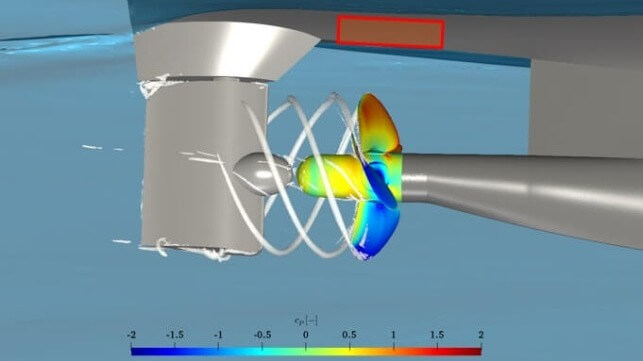Houthis Attack Greek-Owned Tanker With Small Craft and RPG
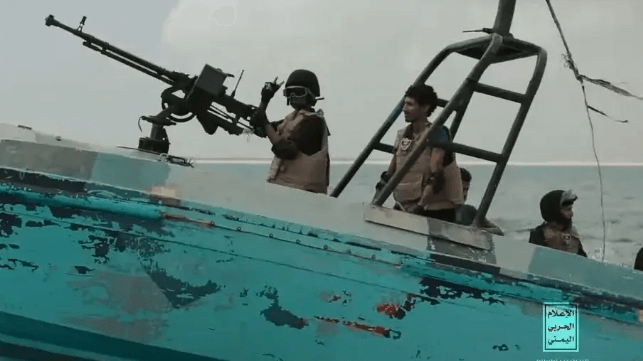
The Royal Navy's UK Maritime Trade Operations (UKMTO) has reported a new and unique Houthi attack at a position off Mokha, Yemen. The terrorist organization has historically used UAVs, USVs and ballistic missiles to target shipping, but this attempt involved manned small craft.
While transiting at a position about 45 nm to the south of Mokha - in the middle of the Strait of Bab el-Mandeb - the master of the unnamed vessel reported that the ship was attacked by two small boats, white and black in color and each manned by four people. The assailants were wearing white and yellow raincoats. When they approached, they fired a single RPG, which exploded near the vessel. The crew and the ship were unharmed and are under way to their next destination.
Maritime security consultancy Vanguard has identified the vessel as the Greek-owned Suezmax tanker Delta Blue. According to Vanguard, the Delta Blue does not appear to have any connections to the U.S., UK or Israel, the primary targets of Houthi aggression.
Maritime security authorities are investigating the attack. UKMTO advises any ships that still choose to pass through the Red Sea to be alert for suspicious activity.
Houthis Claim Attacks on US Warships as CENTCOM Dismisses “Disinformation"
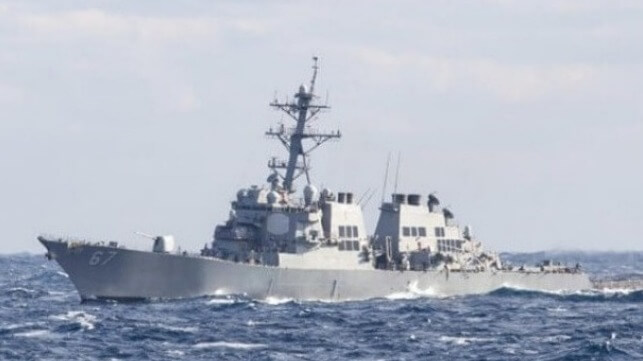
After being largely silent for nearly two weeks, the Houthis are claiming a rash of new attacks, including targeting two U.S. warships crossing the Red Sea. U.S. officials at the same time cited the group’s use of disinformation campaigns saying these efforts have dated back a decade.
“The Houthis have been aggressive when it comes to bending their narrative to fit their needs,” said Vice Adm. George Wikoff, according to USNI News. Speaking at a Naval Institute and Center for Strategic and International Studies, USNI reports the commander of U.S. Naval Forces Central Command, U.S. 5th Fleet and Combined Maritime Forces, cited a disinformation campaign used as part of the Houthis’ tactics in the Red Sea and “seeding tremendous unrest” in the region.
Houthi spokesperson Yahya Saree took to X (Twitter) today to announce three new attacks. He said “The targeting of the two American destroyers took place while they were …. heading towards the northern Red Sea …. The two destroyers have completely failed to confront the missiles and drones, and the success of the drones and missiles to achieve their goals.”
The vessels cited include the destroyer USS Cole, which the report said was in the Gulf of Aden and targeted with drones. Additionally, the report claims the destroyer USS Laboon was targeted with ballistic missiles.
U.S. Central Command in its daily update for August 7, said forces destroyed two Houthi uncrewed aerial vehicles, one Houthi ground control station, and three Houthi anti-ship cruise missiles in Houthi-controlled areas of Yemen in the past 24 hours. Yesterday, it said one Houthi uncrewed aerial vehicle and two Iranian-backed Houthi anti-ship ballistic missiles were destroyed over the Red Sea, while the day before the report said three uncrewed aerial systems over the Gulf of Aden and one in a Houthi-controlled area of Yemen were destroyed while in the Red Sea they destroyed one uncrewed surface vessel, one uncrewed aerial vehicle, and one anti-ship ballistic missile. The U.S. Command did not report any direct threats to a warship.
Separately, today’s “report” from the Houthi also claimed to have targeted the Liberia-flagged, containership Contship Ono (13,800 dwt). The vessel’s AIS shows it was heading to Jeddah, Saudi Arabia from Malaysia.
Reuters reports it received a statement from the Athens-based Contships Management saying, “The vessel and its crew are safe and there has been no incident affecting its operations." The Houthis said “The hit was accurate,” saying the ship was targeted due to the shipping company calling in Israeli ports.
Neither the UK Maritime Trade Operations nor any of the private security firms reported an attack on the Contship Ono. However, reports confirmed the Houthi claim of attacking the Greek-owned boxship Groton on August 3. The Houthis said the vessel was hit while transiting the Gulf of Aden, with tracking data showing the vessel diverted to Djibouti.
The Houthis latest claims come as the region remains tense as Iran vows new attacks on Israel and the West after the death of a Hezbollah commander in Iran. The U.S. Department of Defense confirmed it has ordered the deployment of extra cruisers and destroyers with a ballistic-missile defense capability into the region, while the supercarrier USS Abraham Lincoln is also being redeployed from the Western Pacific to the 5th Fleet area of operations. The Lincoln it reported would relieve USS Theodore Roosevelt.
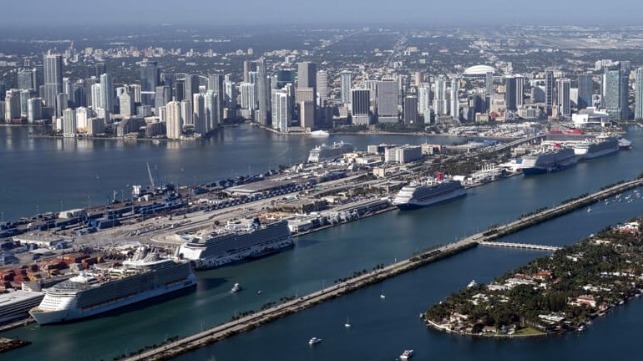
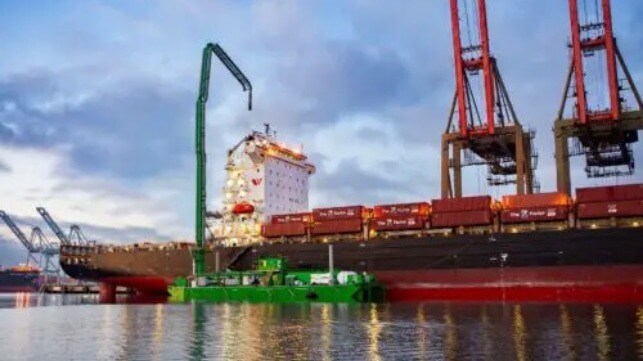
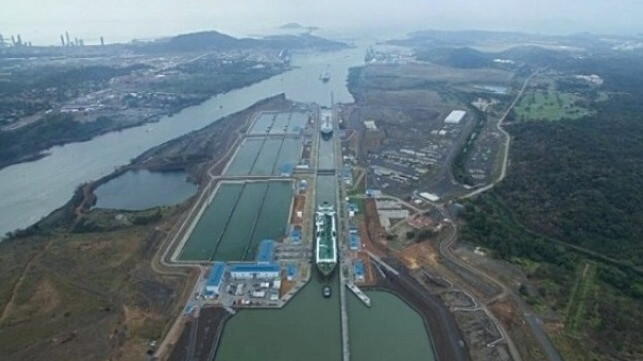
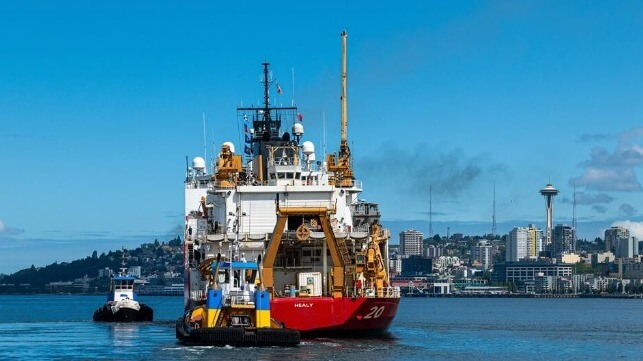
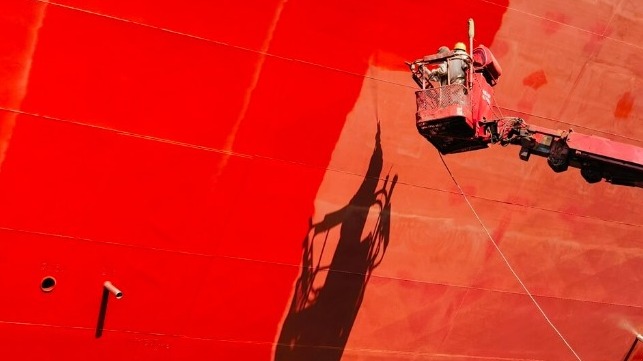
 Geopolitical and regulatory changes are pressing the maritime industry to address its effects on the environment and respond promptly and effectively to the energy transition. In 2023, the International Maritime Organisation (IMO) published its Greenhouse Gas Strategy at the Marine Environment Protection Committee (MEPC 80), creating a common ambition to reach net zero by 2050.
Geopolitical and regulatory changes are pressing the maritime industry to address its effects on the environment and respond promptly and effectively to the energy transition. In 2023, the International Maritime Organisation (IMO) published its Greenhouse Gas Strategy at the Marine Environment Protection Committee (MEPC 80), creating a common ambition to reach net zero by 2050.